The shrimp farming model in a mobile tent of Mr. Nguyen Dinh Giap in Son Trang village, Hoang Yen commune (Hoang Hoa) is successful thanks to the experience gained.
After 25 years of bidding and renovating barren hills to grow fruit trees, Mr. Nguyen Tien Phuong in village 10, Bai Tranh commune (Nhu Xuan) has built for himself a prosperous production area. Every time they pass by, many people are amazed at the development of a comprehensive organic farm with clean products. Out of a total of 28 hectares including rubber forests, fish ponds and many types of fruit trees, he has dedicated a flat land next to his house and the most fertile to grow grapefruit. 4 hectares of grapefruit are considered the main crop in the production area.
“Since 2007, when I saw every household growing Dien grapefruit, I knew that one day there would be a surplus crisis, so I found my own way. I went all the way to the Southwest region to buy green-skin grapefruit seeds, becoming one of the first people in Thanh Hoa to successfully grow this potential grapefruit variety on a large scale. To spread the grapefruit harvest time over many months, I continued to research and learned that in Nghia Dan district ( Nghe An ) there was a specialty grapefruit variety called Hong Quang Tien, and I was determined to import it.”
Up to now, both grapefruit varieties in Mr. Phuong's hill garden have produced good quality, suitable for the fertile red soil here. It is worth mentioning that for nearly 10 years, he has been tinkering with the pipe system, attaching nozzles to the ends of zinc pipes erected higher than the forest. Large electric pumps are operated, just turn on the switch and the entire forest is sprinkled with rain.
More than 1,100 grapefruit trees grow well all year round thanks to adequate fertilizer, water, and are cared for with experience and science , so they always bear fruit and are heavy with branches. In good years, his family can harvest 120,000 grapefruits. While other farms usually plant grapefruits at a recommended density of 5m between trees, he has learned from this and found his own way. “I plant at a density of 6 x 6m, more sparsely than recommended. Because the soil here is very good, after a few years the branches and leaves will be lush and the canopy will cover the trees, making the yield not high. Planting sparsely will take up more land but will give the trees space to grow branches, and after that the yield will be much higher, which is still more beneficial than the land-saving planting method,” Mr. Phuong shared.
Many other grapefruit farm owners often buy manure from large farms as fertilizer, whether it is a pig or cow farm. But for him, “only use cow manure and say no to manure from pig farms. Because through practice, I have learned that because pigs eat industrial feed, if the manure is not thoroughly composted and fertilized, not only will the plants grow slowly but the quality of the fruit will also be affected.”
One of his experiences to create success in growing commercial grapefruit is to use fertilizers and technical measures to give grapefruit batches off-season and different ripening periods to avoid pressure in harvesting and output market.
Located close to Ho Chi Minh road, he has more conditions to promote and bring his agricultural products everywhere. Many traders in the provinces often ask for passenger cars and trucks to come here to get grapefruit to supply to Hanoi and many southern provinces. On average, each grapefruit tree in the garden brings a profit of 1 million VND, each year he also has an income of more than 1 billion VND.
Mr. Nguyen Tien Phuong in Bai Tranh commune introduces off-season grapefruit and experiences in the production process.
Along the alluvial plain of Lach Truong River in Hoang Yen Commune (Hoang Hoa), the industrial shrimp farming model in canvas houses of Mr. Nguyen Dinh Giap in Son Trang village has always been more effective than many other models in the region. After decades of extensive aquaculture with many risks and unstable productivity, since 2014, he invested in infrastructure to switch to industrial farming in tarpaulin-lined ponds. In 2018, when he had accumulated more knowledge, he built a tarpaulin house system with an area of 1 hectare to raise shrimp indoors. Having experienced some problems and failures over the years, but that was the "tuition" for him to gradually master the technique and achieve the success he has today.
According to him, from 10 traditional deep-dug ponds, he researched and found that the farming method lacked light and water gas exchange was poor, so he decided to demolish them and build 10 above-ground ponds. He only needed a good water pumping system, spread out specialized tarpaulins, and then built banks to form the ponds. From there, productivity was higher and shrimp were less susceptible to disease. He also improved the tarpaulin system above to be mobile to adjust the light and temperature to suit each season, creating a stable development environment for shrimp.
To add oxygen to the shrimp pond, he installed an aeration system to bring oxygen to the corners of the pond, combined with a propeller system to stir the water like other models. In order to detect and eliminate shrimp pathogens early, he studied modern models, purchased tools to measure water environmental indicators such as alkalinity, pH, and toxins to have preventive measures. According to his conclusion, "we should not use all the ponds, but must reserve some ponds to filter water, treat all pathogens to serve water change. If we keep "gambling" with the environment, taking river water directly, the risk of pathogens or toxic water during the discharge process is shrimp death. This is also the "key", the vital factor for the success of industrial shrimp farming.
Experience and scientific advances have brought many bumper shrimp harvests. On average, each year, 1 hectare of intensive shrimp farming yields up to 30 tons of commercial shrimp per crop, with an average of 3 crops per year. Over the past years, the total revenue from this 1 hectare model has been up to 5 - 7 billion VND/year, with a profit of 2 - 3 billion VND.
There are hundreds of owners of agricultural economic models that are doing business effectively thanks to their experience and good practices throughout the province. These are all farms, model gardens, family farms, and modern production models. According to the Department of Agriculture and Environment of Thanh Hoa, there are currently more than 24,000 farms, gardens, family farms, and model gardens in the province. There are more and more owners of production models who know how to apply technical advances and draw their own experiences to develop effective production.
Article and photos: Linh Truong
Source: https://baothanhhoa.vn/nhung-ky-su-chan-dat-250053.htm


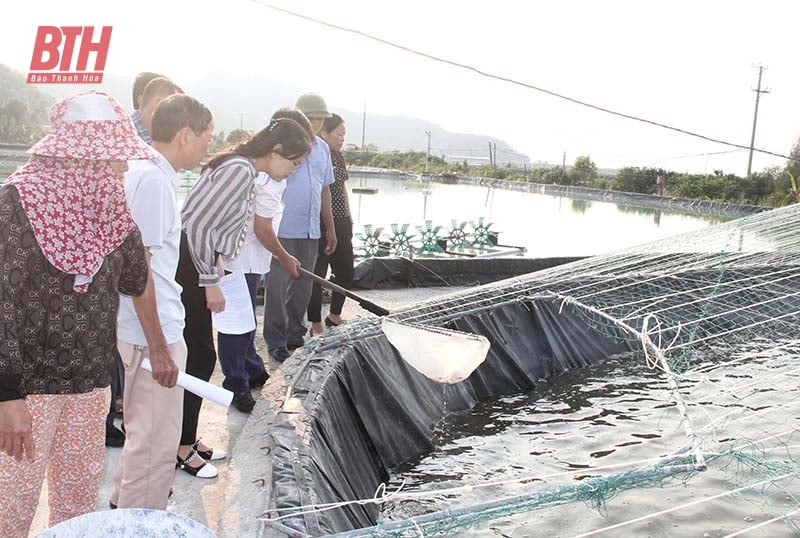
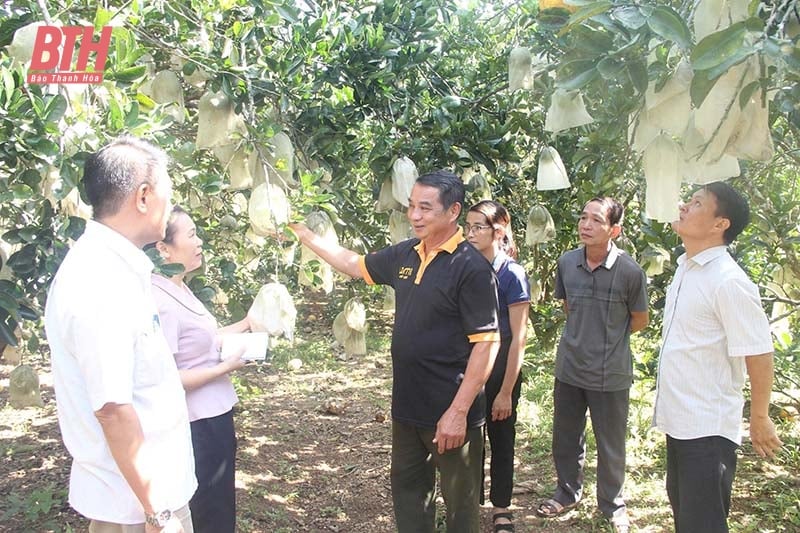
![[Photo] General Secretary To Lam works with the Central Policy and Strategy Committee](https://vphoto.vietnam.vn/thumb/1200x675/vietnam/resource/IMAGE/2025/5/28/7b31a656d8a148d4b7e7ca66463a6894)

![[Photo] Prime Minister Pham Minh Chinh receives a bipartisan delegation of US House of Representatives](https://vphoto.vietnam.vn/thumb/1200x675/vietnam/resource/IMAGE/2025/5/28/468e61546b664d3f98dc75f6a3c2c880)
![[Photo] 12th grade students say goodbye at the closing ceremony, preparing to embark on a new journey](https://vphoto.vietnam.vn/thumb/1200x675/vietnam/resource/IMAGE/2025/5/28/42ac3d300d214e7b8db4a03feeed3f6a)

![[Photo] Vietnamese and Hungarian leaders attend the opening of the exhibition by photographer Bozoky Dezso](https://vphoto.vietnam.vn/thumb/1200x675/vietnam/resource/IMAGE/2025/5/28/b478be84f13042aebc74e077c4756e4b)


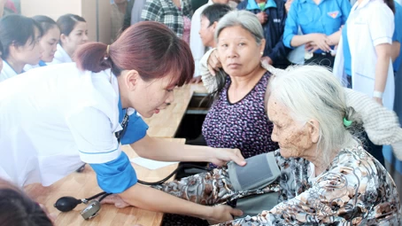

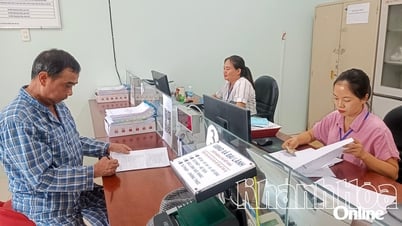

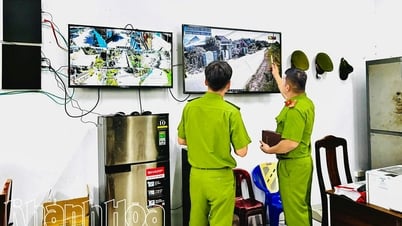
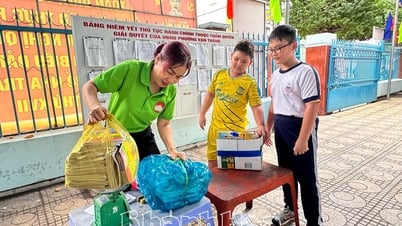
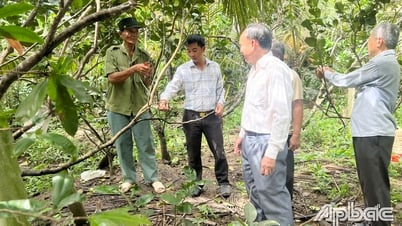





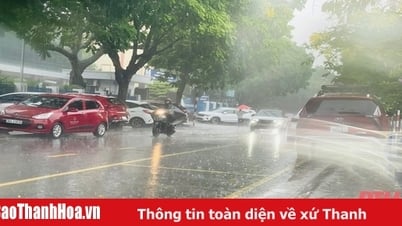
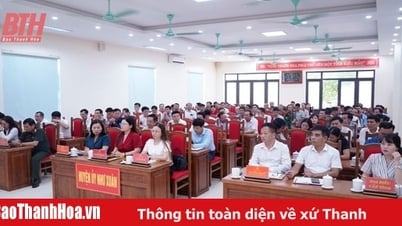
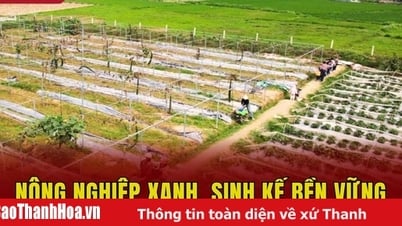

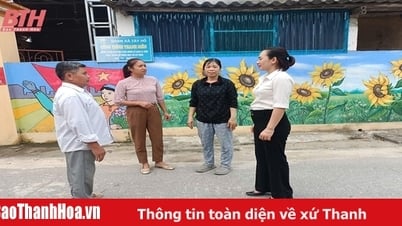
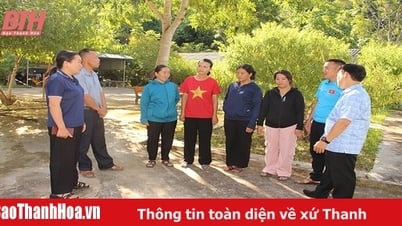


















































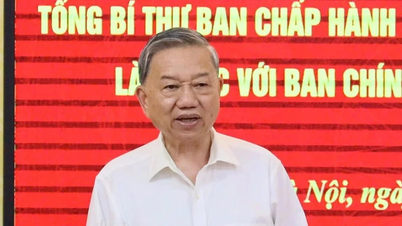
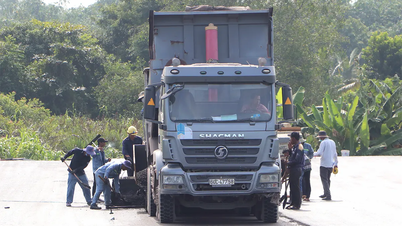
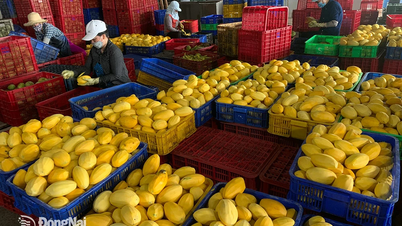
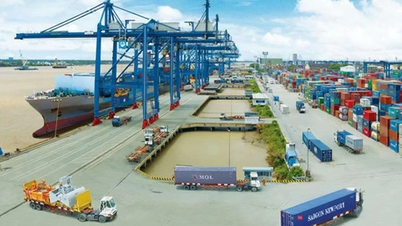






Comment (0)